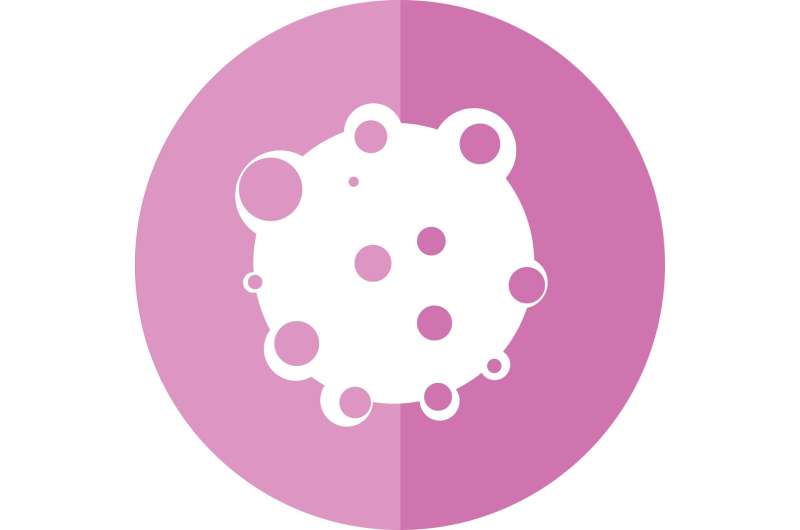Dangerous skin tumor now has treatment guidelines

It starts as a yellow or shiny bump on the eyelids, face or body that grows and doesn't go away, unlike a pimple.
The bump is sebaceous carcinoma, a cancer of the oil glands diagnosed in thousands of patients in the U.S. every year. If not removed and treated promptly, it can spread to other organs and cause grave harm to patients, including death. But up until now there was no commonly agreed method to treat it.
A new study from Northwestern Medicine reports the first guidelines for treating this rare tumor, which required expertise from both dermatologists and ophthalmologists, because it can be on the skin as well as in the eye.
"Now there is a clear direction for treating these tumors, which may result in fewer tumors spreading to other organs and fewer deaths," said Dr. Murad Alam, vice chair and professor of dermatology at Northwestern University Feinberg School of Medicine and a Northwestern Medicine dermatologist.
The study was published Dec. 2 in The Lancet Oncology journal.
"With limited resources to develop guidelines, rare tumors often get neglected," Alam said. "It's also more challenging to develop guidelines for rare tumors because there is less data in the medical literature about these."
The guidelines tell physicians how to best perform biopsies to find (or exclude) sebaceous carcinoma. They also explain physicians need to treat eyelid and non-eyelid sebaceous carcinoma differently. The surgical approaches described in the guidelines enable removal of sebaceous carcinoma with a high rate of cure without risking injury to important organs, like the eye.
Having a sebaceous carcinoma can be a helpful clue that the same patient has undetected Muir-Torre Syndrome, which increases the risk for colon cancer. When a sebaceous carcinoma is found in a patient, the guidelines explain whether and how the patient should also be checked for Muir-Torre Syndrome. If they have Muir-Torre, then they can be screened for colon cancer.
Northwestern Medicine has a particular expertise in the treatment of less common skin cancers. It is the lead coordinating site for several international collaborations in this area, notably the Committee on Invasive Skin Tumor Evidence-Based Recommendations, an international working group of specialists at major academic medical centers who develop tools (like guidelines) to better treat rare and uncommon skin cancers.
More information: Joshua L Owen et al. Sebaceous carcinoma: evidence-based clinical practice guidelines, The Lancet Oncology (2019). DOI: 10.1016/S1470-2045(19)30673-4



















